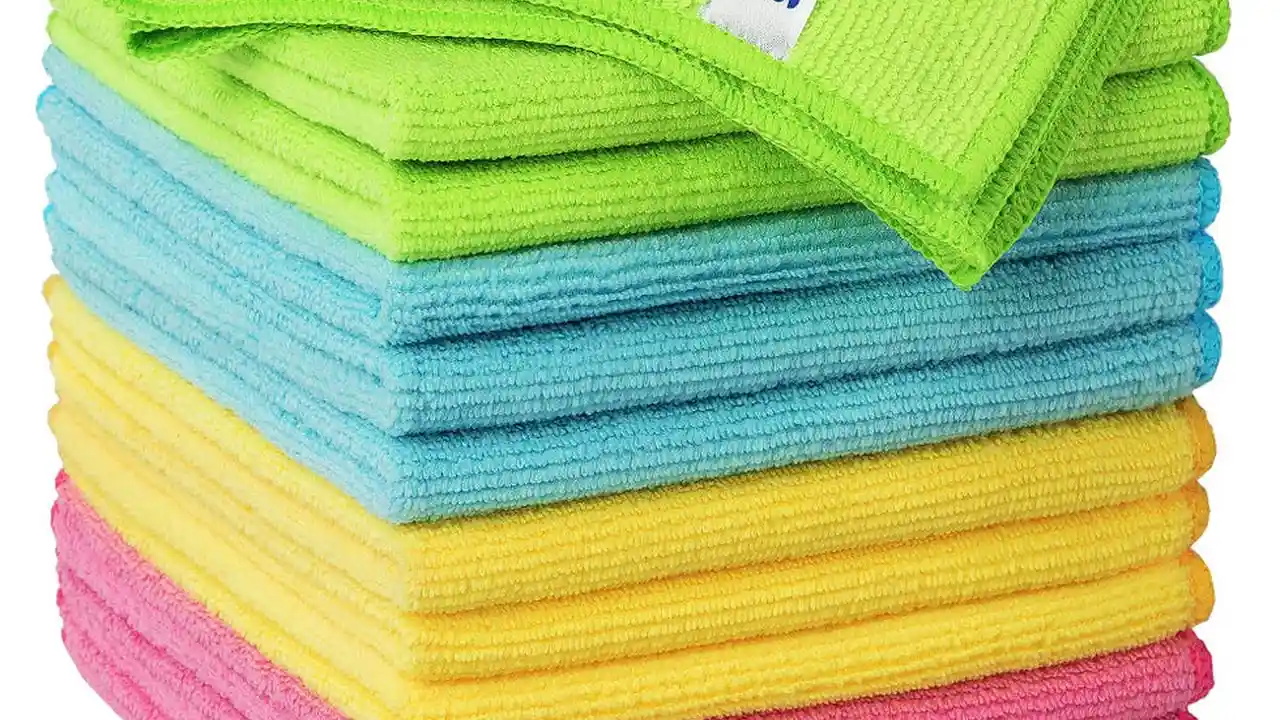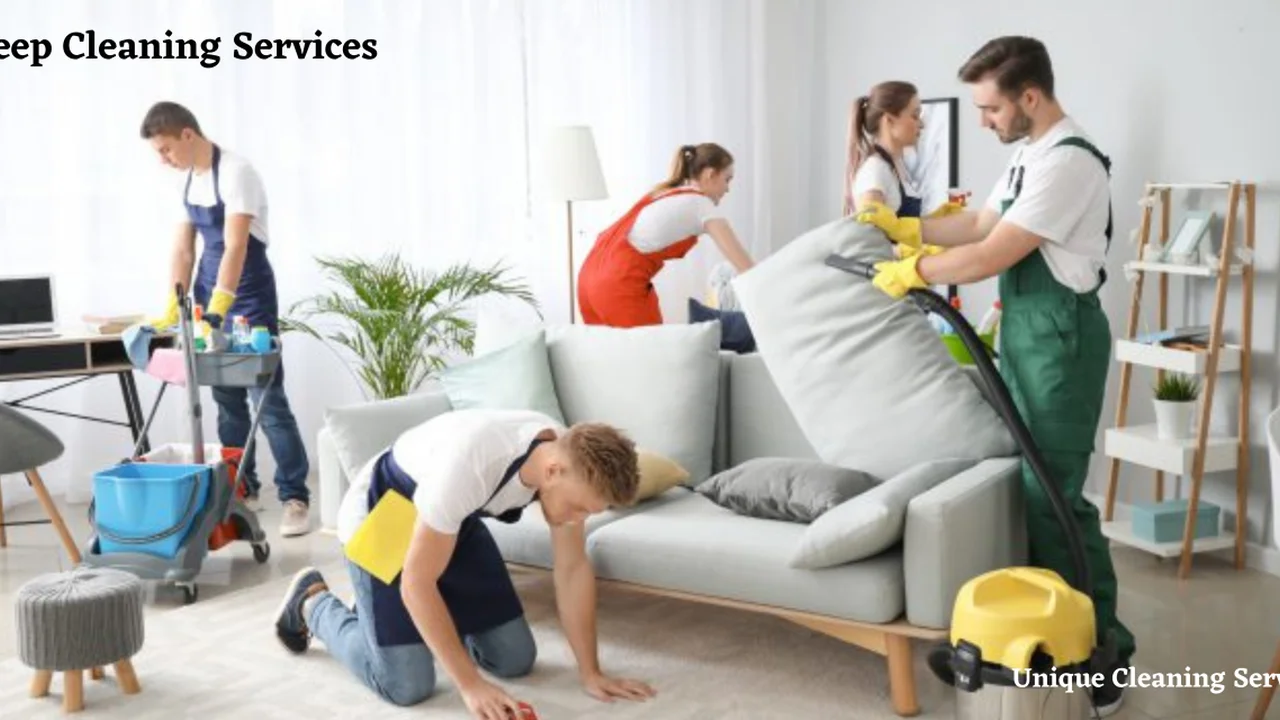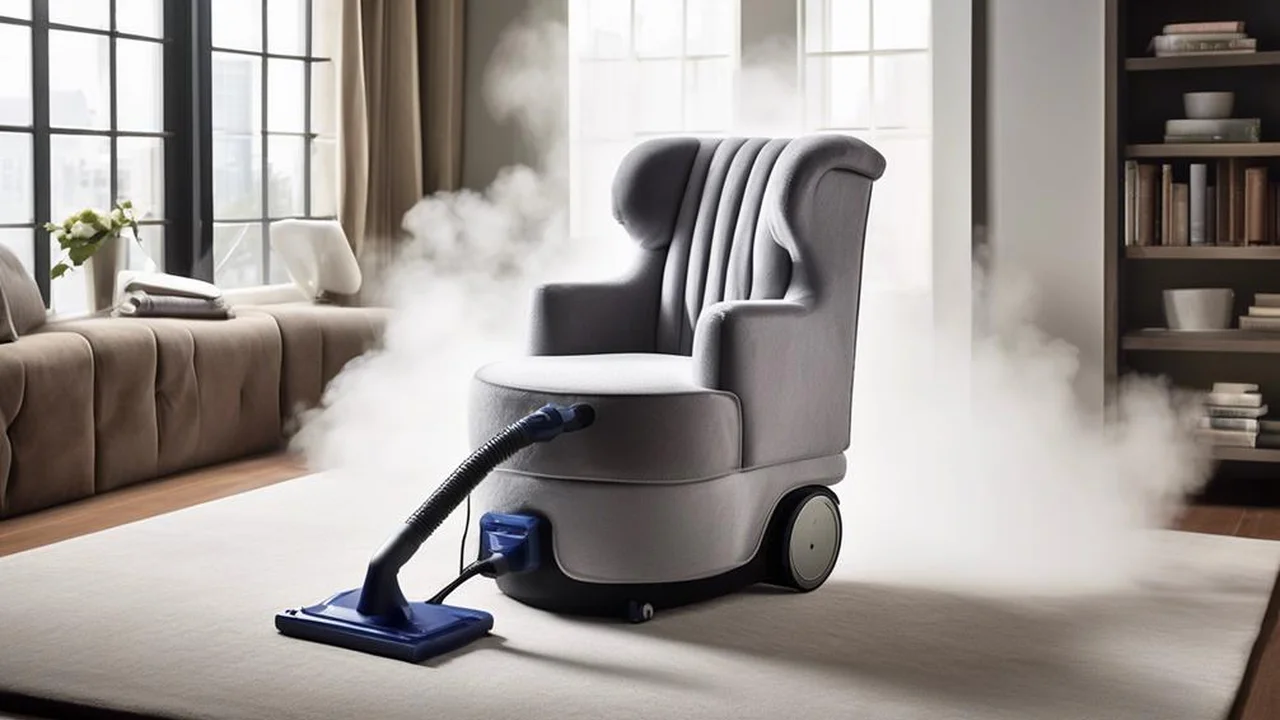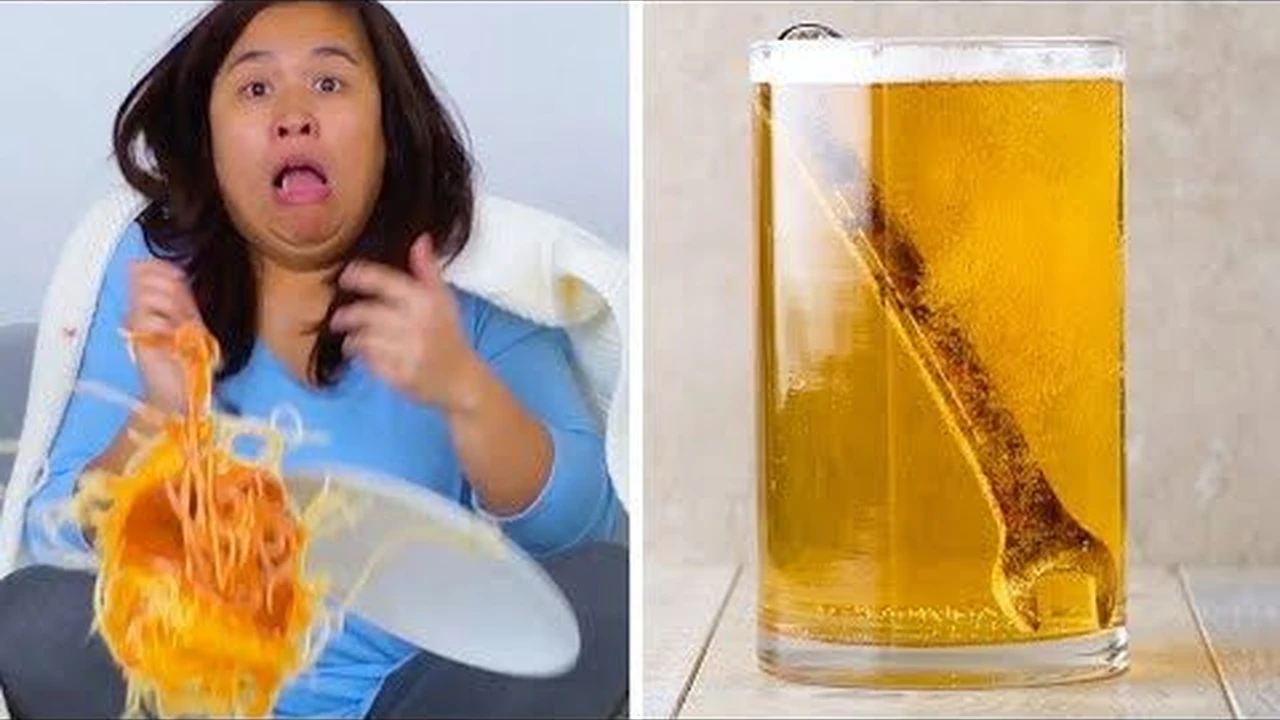Comparing Microfiber Cleaning Cloths: Which Is Best?

Understanding Microfiber The Key to Effective Cleaning Cloths
So, you're diving into the world of microfiber cleaning cloths, huh? Smart move! These little wonders are way more than just your average rags. They're made of super-fine synthetic fibers, usually a blend of polyester and polyamide. The magic lies in their ability to grab and hold onto dirt, dust, and grime without needing tons of harsh chemicals. Think of them as tiny magnets for mess!
But not all microfiber cloths are created equal. You'll find different weaves, thicknesses, and even fiber ratios. This impacts their absorbency, cleaning power, and durability. Understanding these differences is crucial to choosing the right cloth for the job. Forget scratching your surfaces or spreading dirt around – let's get you cleaning like a pro!
Types of Microfiber Weaves and Their Cleaning Applications
Okay, let's break down the different weaves you'll encounter. This is where things get a little more technical, but stick with me! We'll keep it simple.
Split Weave Microfiber Cleaning Cloths for Deep Cleaning
Split weave cloths are the workhorses of the microfiber world. They have fibers that are actually split, creating tons of tiny hooks that grab and trap particles. These are fantastic for deep cleaning tasks like wiping down countertops, cleaning bathrooms, and dusting furniture. They are typically more absorbent than other weaves.
Terry Weave Microfiber Cleaning Cloths for General Purpose Cleaning
Terry weave cloths have a looped texture, similar to a terry towel. They're great for general-purpose cleaning, like wiping up spills and cleaning windows. They're less aggressive than split weave cloths, making them a good choice for delicate surfaces.
Waffle Weave Microfiber Cleaning Cloths for Drying and Polishing
Waffle weave cloths have a raised, textured pattern that creates more surface area. This makes them super absorbent and ideal for drying cars, windows, and mirrors. They leave a streak-free finish.
Suede Microfiber Cleaning Cloths for Delicate Surfaces
Suede microfiber cloths are smooth and soft, perfect for polishing and cleaning delicate surfaces like electronics and eyeglasses. They won't scratch or leave lint behind.
Factors to Consider When Choosing Microfiber Cleaning Cloths: GSM, Fiber Ratio, and More
Alright, let's talk about the nitty-gritty details that separate the good cloths from the great ones.
Understanding GSM Grams per Square Meter in Microfiber Cloths
GSM (grams per square meter) refers to the density of the microfiber. Higher GSM means a thicker, more absorbent cloth. For general cleaning, a GSM of 300-400 is usually sufficient. For heavy-duty cleaning or detailing, you might want to go for 400 GSM or higher.
Polyester vs Polyamide Fiber Ratios What's the Ideal Blend
The fiber ratio is another important factor. A common blend is 80% polyester and 20% polyamide. Polyester provides durability and cleaning power, while polyamide adds absorbency and softness. A higher polyamide content generally results in a more absorbent cloth.
Durability and Longevity How to Choose a Long Lasting Microfiber Cloth
Look for cloths with reinforced edges and high-quality stitching. These will stand up to repeated washing and drying without falling apart. Also, consider how often you plan to use the cloths. If you're a frequent cleaner, invest in higher-quality cloths that will last longer.
Recommended Microfiber Cleaning Cloth Products and Their Uses
Okay, let's get down to brass tacks and talk about some specific products I've used and recommend.
E-Cloth General Purpose Microfiber Cleaning Cloths A Versatile Choice
E-Cloth is a well-known brand in the microfiber world. Their general-purpose cloths are made with high-quality fibers and are designed to clean effectively with just water. They're a great choice for everyday cleaning tasks around the house. You can typically find a pack of these for around $15-$20.
Uses: Countertops, appliances, bathrooms, dusting.
AmazonBasics Microfiber Cleaning Cloths A Budget Friendly Option
If you're looking for a budget-friendly option, AmazonBasics microfiber cloths are a solid choice. They're not as high-quality as some of the more expensive brands, but they're still effective for general cleaning. A pack of these will set you back around $10-$15.
Uses: General cleaning, wiping up spills, dusting.
Chemical Guys Professional Grade Microfiber Towels for Car Detailing
For car detailing, I highly recommend Chemical Guys microfiber towels. They're super soft and absorbent, and they won't scratch your car's paint. They're a bit pricier than other options, but they're worth it if you care about your car's finish. Expect to pay around $20-$30 for a pack.
Uses: Car washing, drying, waxing, polishing.
Mr Siga Microfiber Cleaning Cloths for Glass and Windows
Mr. Siga microfiber cloths are specifically designed for cleaning glass and windows. They have a tight weave that leaves a streak-free finish. They're also great for cleaning mirrors and other shiny surfaces. These typically cost around $12-$18 per pack.
Uses: Windows, mirrors, glass surfaces.
Zwipes Microfiber Cleaning Cloths for Heavy Duty Cleaning
For those tough cleaning jobs, Zwipes microfiber cloths are a great choice. They are designed to be very durable and effective at removing stubborn dirt and grime. These are a great option for cleaning garages or outdoor furniture. You can find a pack of these for around $15-$25.
Uses: Garages, outdoor furniture, removing stubborn dirt and grime.
Comparing Microfiber Cleaning Cloths Brands and Features
Let's put some of these brands head-to-head and see how they stack up.
E-Cloth vs AmazonBasics Which Offers the Best Value
E-Cloth offers superior cleaning power and durability, but AmazonBasics is a more affordable option. If you're on a tight budget, AmazonBasics is a good choice. But if you're willing to spend a little more, E-Cloth is worth the investment.
Chemical Guys vs Meguiar's for Car Detailing
Both Chemical Guys and Meguiar's make excellent microfiber towels for car detailing. Chemical Guys towels are generally softer and more absorbent, while Meguiar's towels are more durable. It really comes down to personal preference.
Mr Siga vs The Rag Company for Glass Cleaning
Mr. Siga offers a good balance of performance and affordability. The Rag Company makes higher-quality glass cleaning cloths, but they're also more expensive. If you're a professional detailer, The Rag Company is a good choice. But for home use, Mr. Siga is a great option.
Tips and Tricks for Maximizing the Life and Effectiveness of Microfiber Cleaning Cloths
Want to get the most out of your microfiber cloths? Here are a few tips to keep them in tip-top shape.
Washing and Drying Microfiber Cleaning Cloths The Right Way
Wash your microfiber cloths separately from other laundry. Use a mild detergent and avoid fabric softener, which can clog the fibers and reduce their effectiveness. Tumble dry on low heat or hang to dry.
Avoiding Common Mistakes That Can Damage Microfiber
Don't use bleach or harsh chemicals on your microfiber cloths. These can damage the fibers and shorten their lifespan. Also, avoid washing them with linty items, like towels or fleece blankets.
Storing Microfiber Cleaning Cloths Properly to Prevent Contamination
Store your clean microfiber cloths in a clean, dry place. Avoid storing them with dirty or greasy items, which can contaminate the fibers.
Microfiber Cleaning Cloths Use Cases: From Kitchen to Car to Electronics
Microfiber cloths are incredibly versatile. Here are a few examples of how you can use them around the house.
Cleaning Kitchen Surfaces with Microfiber
Use split weave microfiber cloths to clean countertops, appliances, and sinks. They're great for removing grease, grime, and food residue.
Using Microfiber for Car Cleaning and Detailing
Use microfiber towels to wash, dry, wax, and polish your car. They won't scratch your paint and will leave a streak-free finish.
Cleaning Electronics Screens Safely with Microfiber
Use suede microfiber cloths to clean your computer screen, phone screen, and other electronic devices. They won't scratch the surface and will remove fingerprints and smudges.
The Environmental Benefits of Using Microfiber Cleaning Cloths
Using microfiber cloths is not only effective, but it's also good for the environment.
Reducing Chemical Use with Microfiber Cleaning
Microfiber cloths can clean effectively with just water, reducing the need for harsh chemicals. This is better for your health and the environment.
Microfiber as a Sustainable Cleaning Solution
Microfiber cloths are reusable and can last for hundreds of washes, reducing waste compared to disposable cleaning wipes.
Troubleshooting Common Microfiber Cleaning Cloth Problems
Sometimes, things don't go as planned. Here's how to troubleshoot some common issues.
Microfiber Cloths Losing Absorbency What to Do
If your microfiber cloths are losing absorbency, try washing them with a small amount of vinegar. This can help remove any residue that's clogging the fibers.
Dealing with Streaking Issues When Using Microfiber
If you're experiencing streaking, make sure you're using a clean microfiber cloth. Also, try using a slightly damp cloth instead of a soaking wet one.
Removing Stubborn Stains from Microfiber Cloths
For stubborn stains, try pre-treating the cloth with a stain remover before washing. You can also try soaking the cloth in warm water with a small amount of baking soda.
:max_bytes(150000):strip_icc()/277019-baked-pork-chops-with-cream-of-mushroom-soup-DDMFS-beauty-4x3-BG-7505-5762b731cf30447d9cbbbbbf387beafa.jpg)






